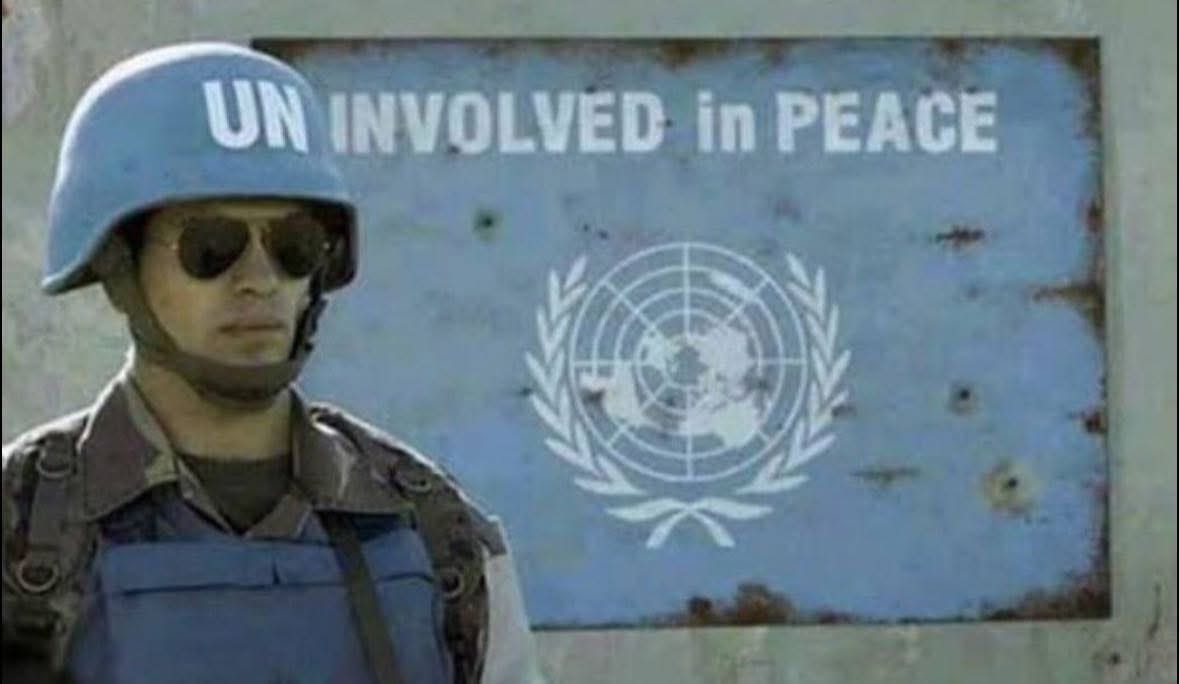January 1, 1972
Kurt Waldheim becomes UN Secretary-General.
A former Wehrmacht officer and member of the Nazi Party. His service in occupied Greece coincided with the mass deportations of Jews to Auschwitz. He would later deny involvement, but historians uncovered documents proving otherwise.
September 6, 1972
The Munich Olympics massacre.
Israeli athletes taken hostage, 11 killed. The perpetrators — the Palestinian group “Black September,” the armed wing of the PLO.
The UN expresses “condolences” but does not name the perpetrators, nor does it condemn the PLO.
August 5, 1973
Hellinikon Airport, Athens.
PLO terrorists open fire on passengers of an El Al flight and throw grenades. Three killed, dozens wounded.
The UN again remains silent.
February 2, 1974
PLO gunmen seize the Greek cargo ship Vorys. The crew is held hostage.
The UN does nothing.
The culmination:
Just months later, after a wave of attacks — including mass killings, airport shootings, and ship hijackings — on October 14, 1974, the UN officially recognizes the PLO (Resolution 3210).
The organization’s own charter (1968) explicitly declared its goal: the destruction of Israel.
Moreover, the PLO was proclaimed the “sole legitimate representative of the Palestinian people” and granted observer status at the UN. This was not just recognition — it was a diplomatic reward for terrorism.
November 13, 1974
Yasser Arafat ascends the podium of the UN General Assembly.
At his side — a holstered pistol. In his speech — accusations of Israel as racist, imperialist, and colonialist.
The hall erupts in applause.
November 10, 1975
The UN adopts Resolution 3379: “Zionism is a form of racism.”
Vote tally: 72 in favor, 35 against, 32 abstentions. The resolution was pushed through by the Soviet bloc, the Arab states, and the Non-Aligned Movement.
It would only be revoked in 1991, but for 16 years it poisoned international rhetoric.
Conclusion
In the 1970s, the UN created a dangerous precedent: terrorism ceased to be an obstacle to international legitimacy. On the contrary — it became a tool by which one could secure a seat at the table.
And this mechanism is still with us today.


